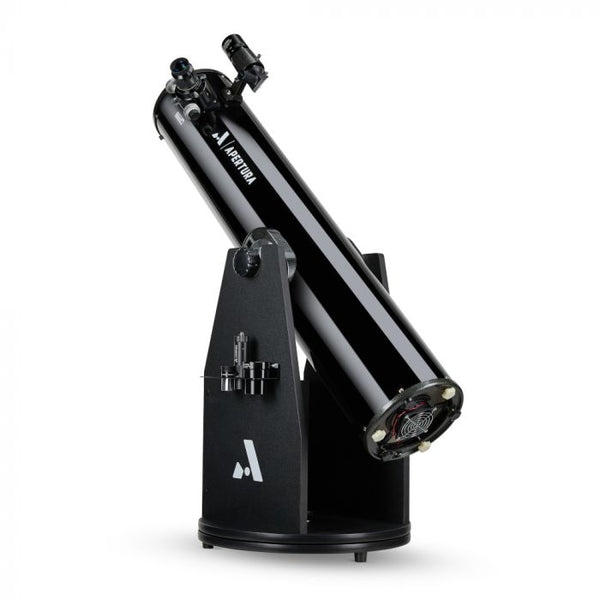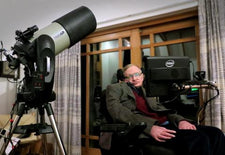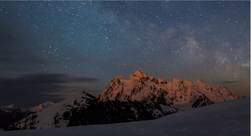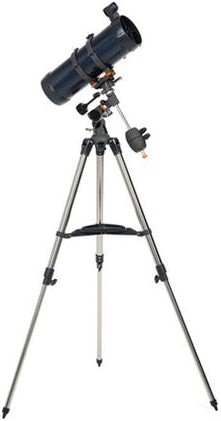How to Buy Your First Telescope - Part 1
June 29, 2015

A Beginner's Guide
Let’s face it, buying a new telescope can be confusing, especially if it’s your first time. There’s a bewildering array of telescopes in a variety of shapes, sizes, and price points—not to mention telescope accessories! It can feel like you need to learn a whole new language just to understand your options.
That’s why we asked our product experts at TelescopesPlus.com to put together this telescope buying guide for beginners. Here you’ll find easy-to-understand descriptions of the basic telescope designs along with recommendations to help you get the best experience under the stars.
Amateur astronomy is a rewarding hobby that you and your family can enjoy for years to come. We’re excited that you’re considering taking the first step by buying a telescope. Get ready to explore the Universe!
A Word about Magnification
Believe it  or not, magnification or "power" is one of the least important factors to consider when you're choosing a telescope. The single greatest misconception about telescopes is that you need to have lots of magnification to see objects. Not true. Instead, the telescope's light-gathering ability, also called aperture, plays the biggest role in determining how much detail you see in objects.
or not, magnification or "power" is one of the least important factors to consider when you're choosing a telescope. The single greatest misconception about telescopes is that you need to have lots of magnification to see objects. Not true. Instead, the telescope's light-gathering ability, also called aperture, plays the biggest role in determining how much detail you see in objects.
Some manufacturers of "toy store" telescopes take advantage of this common misconception. Be skeptical of outrageous claims of 500x or 600x magnification on inexpensive telescopes. It's true that magnification levels can be pushed sky high with certain eyepieces and optical appliances. However, image quality suffers severely to the point where it can be difficult to make out any detail at all. It's far better to view with a telescope of larger aperture and moderate magnification than to push a smaller scope to ultra-high magnification levels.
If you choose a larger aperture scope with lower magnification, the object will appear a bit smaller in the eyepiece. But because the image you see will be of far better quality, you'll actually see a lot more detail!
Aperture: Bigger is Better
The most important attribute of a telescope is its aperture size. This is the diameter of the telescope's light-gathering lens or mirror. It's usually measured in millimeters or inches. Why is aperture size important? Because it's like having a bigger eye with which to view the heavens. The human eye is a marvel of genetics, but it does a relatively poor job of seeing in the dark. That’s mainly because our window on the world is so small. Humans have a maximum pupil diameter of only about 7mm at full dilation. All the light our retina can receive is what's able to squeeze in through that tiny opening. No wonder we're only able to discern the brightest of deep-space objects! In effect, we see the heavens with built-in telescopes only about one-quarter inch in diameter.
Man-made telescopes provide a remedy. A telescope with a 6” aperture gathers more than 565 times as much light as the human eye can gather on its own. The telescope's optics then focus this light into a beam small enough to get through our pupil. Voila! We're able to see much dimmer objects. That's why aperture is so important.
Beyond Aperture
OK, so a telescope's ability to gather light is paramount. Should you, then, look for the largest telescope you can possibly afford? Maybe, but not necessarily. You also need to consider portability and ease of use. After all, what good is a monster telescope if it’s gathering dust in the closet?
Before you consider specific telescope options, ask yourself where you will want to use your new telescope. If the answer is in the backyard, then a great big telescope might be perfect. But if you want to take your telescope to dark-sky locations for better viewing away from city lights, size and weight become important factors. If you plan on taking your scope on camping trips, it will be sharing space in your car with other gear.
You’ll also want to think about the complexity of your telescope setup. If you want to be able to take a quick peek at the night sky, choose a simple telescope that sets up in just a few minutes. If you choose a bulky, complicated telescope, it will probably spend more time in the garage and you’ll spend less time under the stars.
Move on to Part 2: Choosing an Optical Design



